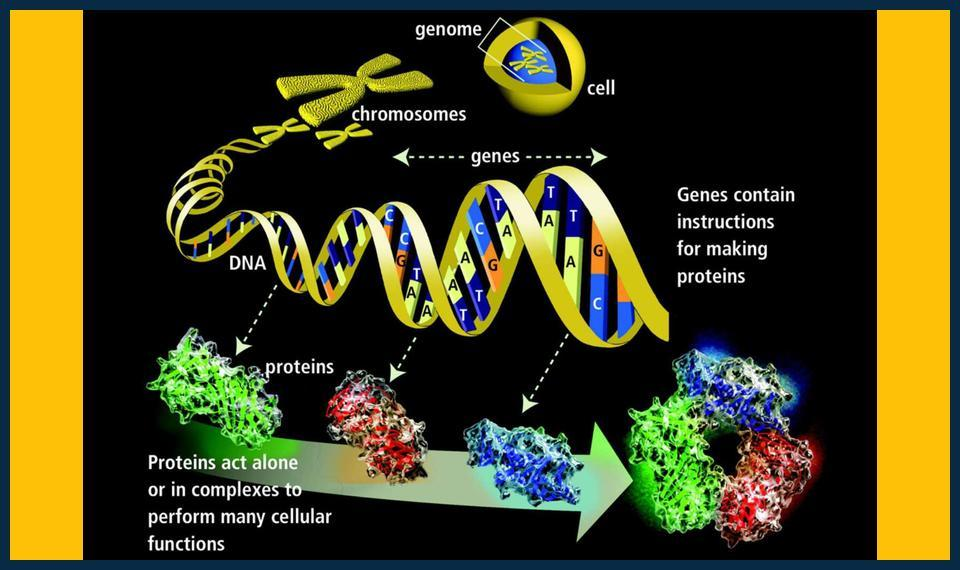![]()
Mastering GCSE Biology: A Visual Guide for Visual Learners💡🔬
Are you a visual learner finding it tough to grasp the intricacies of GCSE Biology? Fear not! This comprehensive guide is designed specifically for you 🎓📚. We’ll uncover proven strategies to help you absorb and retain complex biological concepts, ensuring academic success in no time 🚀✍️.
Embrace the Power of Visual Aids📈
Visual learners thrive on images, diagrams, and charts. Utilise textbooks with illustrated content, infographics, and videos to reinforce your understanding 📹📏.
Key Tips for Visual Learning💡
1. Diagrams and Models: Learn to draw diagrams for newly learned concepts, as it aids memory recall 🎨🧩.
2. Mind Maps: Organise concepts into interconnected webs, making complex ideas easier to grasp 🌲💡.
3. Visual Notetaking: Use images, symbols, and colours to create vivid, easily digestible notes 🎨📝.
4. Flashcards: Create flashcards with images, diagrams, and concise explanations for quick revision 📜📱.
Practical Examples🌿
Consider the cellular structure of a plant cell 🌱. Visualising the cell wall, cell membrane, and chloroplasts can help understand their functions more easily 🌿🔬.
Engage in Active Learning🤝
Active learning involves interacting with the material, such as teaching someone else or explaining concepts aloud 🗣️🤝. This aids in deeper understanding and retention 🌟📚.
Incorporate Online Resources🌐
Online tutoring platforms like Tutor GP offer personalised learning plans, video tutorials, and interactive quizzes to cater to your learning style 💻🎯.
Parental Support Matters💪
Encourage your child to create a study schedule, provide a quiet space, and offer motivation and guidance 📅🏠. Providing a conducive learning environment can significantly boost their performance 💼📈.
Teachers’ Insights🏫
Teachers can use visual aids, real-life examples, and interactive activities to make lessons engaging and memorable for visual learners 🏫🎯.
FAQs ❓
- What resources can help a visual learner with GCSE Biology?
Answer: Utilise textbooks with illustrated content, infographics, videos, online tutoring platforms, and create visual notes and flashcards.
- How can active learning benefit a visual learner?
Answer: Active learning improves understanding and retention by interacting with the material through teaching, explaining, or discussing concepts.
- What role can parents play in supporting a visual learner in GCSE Biology?
Answer: Provide a conducive learning environment, encourage a study schedule, and offer motivation and guidance.
- How can teachers cater to visual learners in a GCSE Biology class?
Answer: Use visual aids, real-life examples, and interactive activities to make lessons engaging and memorable.
- What are mind maps and how can they help a visual learner?
Answer: Mind maps are visual tools that organise information into interconnected webs, making complex ideas easier to grasp.
- How can drawing diagrams help a visual learner in GCSE Biology?
Answer: Drawing diagrams for newly learned concepts aids memory recall and improves understanding by creating a visual representation of the concepts.
- What is the significance of using flashcards for a visual learner in GCSE Biology?
Answer: Flashcards with images, diagrams, and concise explanations can help reinforce learning, aid revision, and improve retention.
- How can online tutoring platforms help a visual learner in GCSE Biology?
Answer: Online tutoring platforms, like Tutor GP, offer personalised learning plans, video tutorials, and interactive quizzes that cater to visual learning styles.




